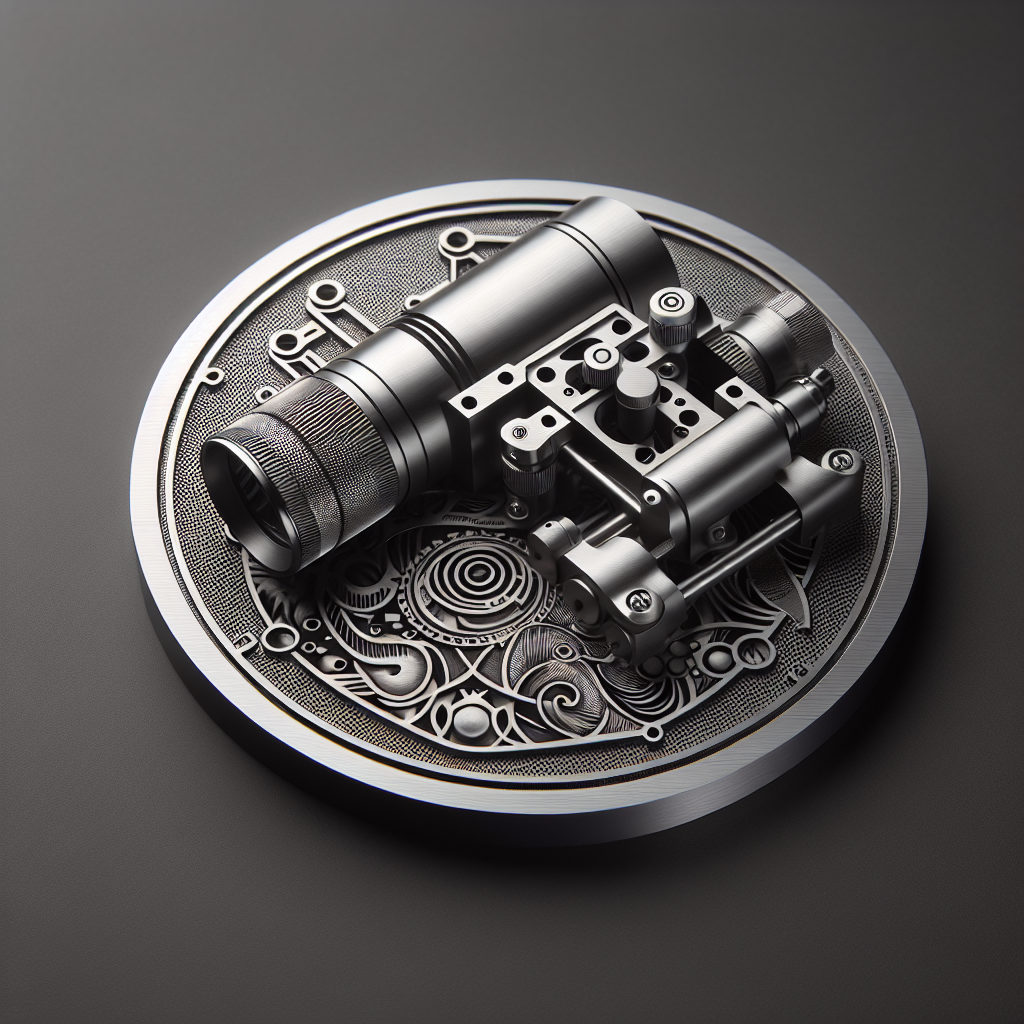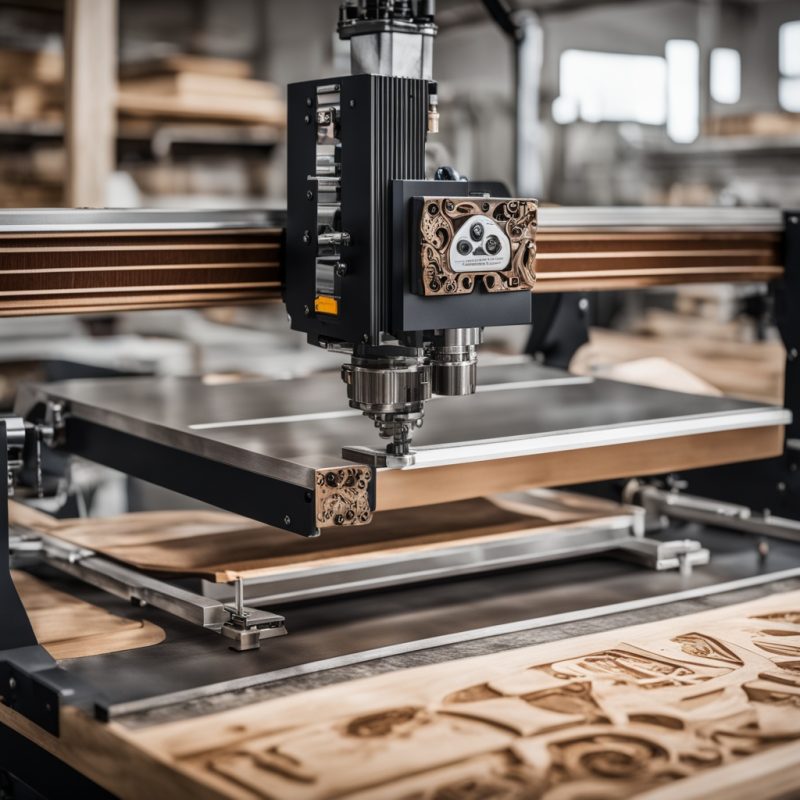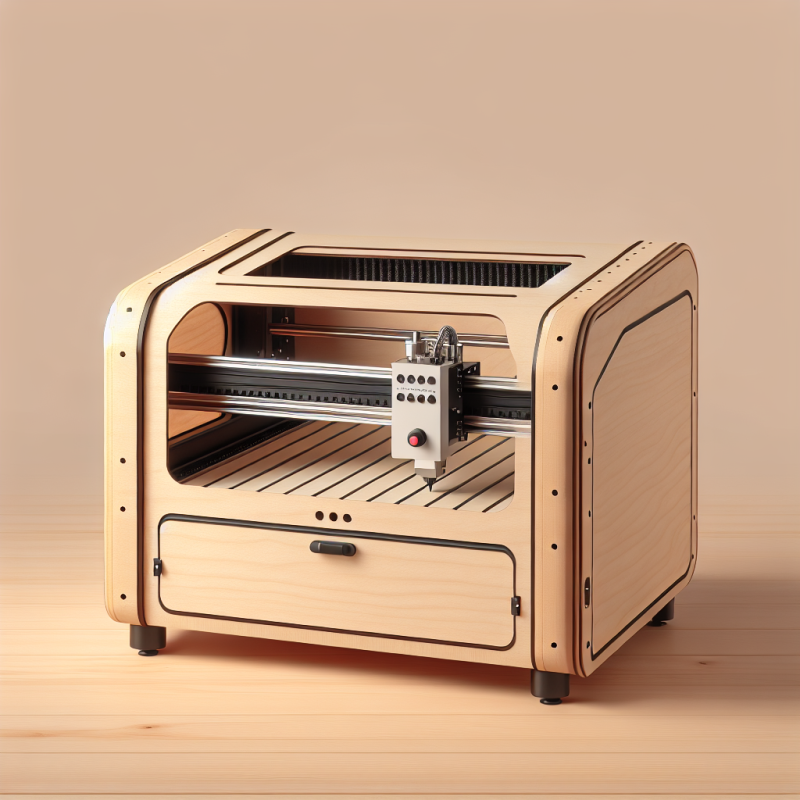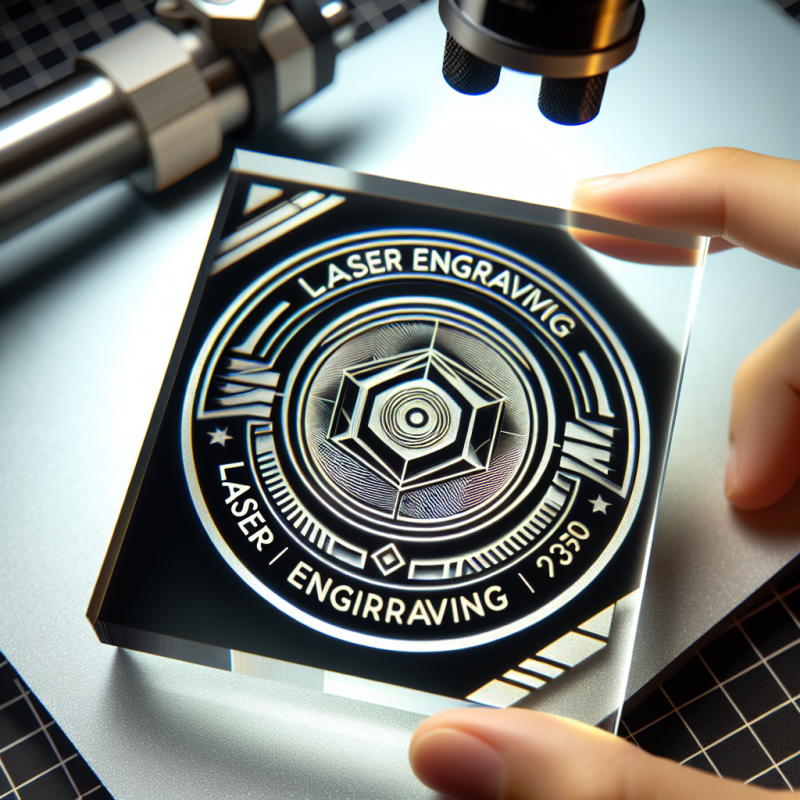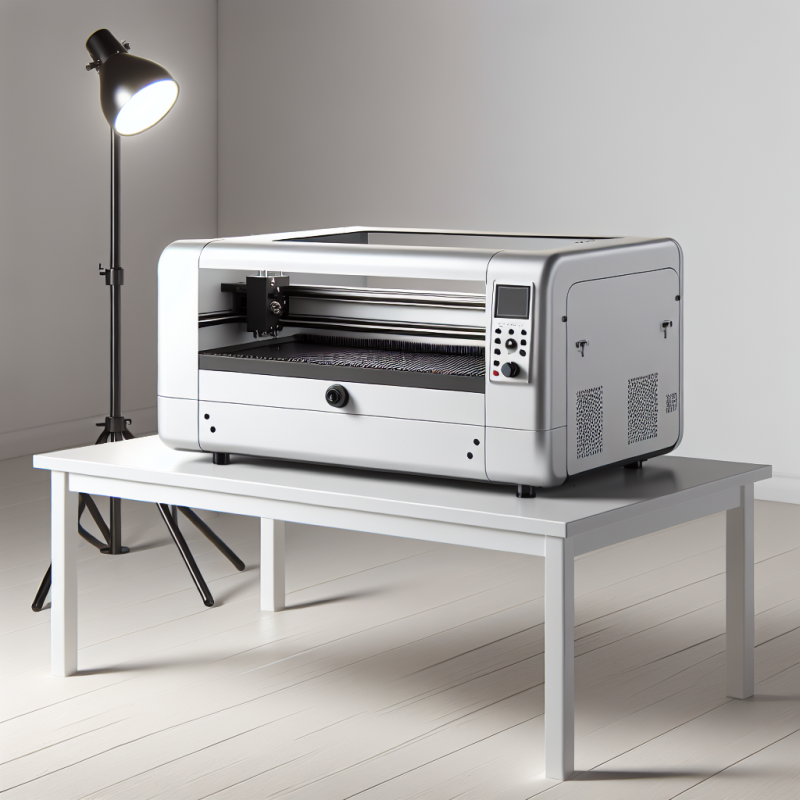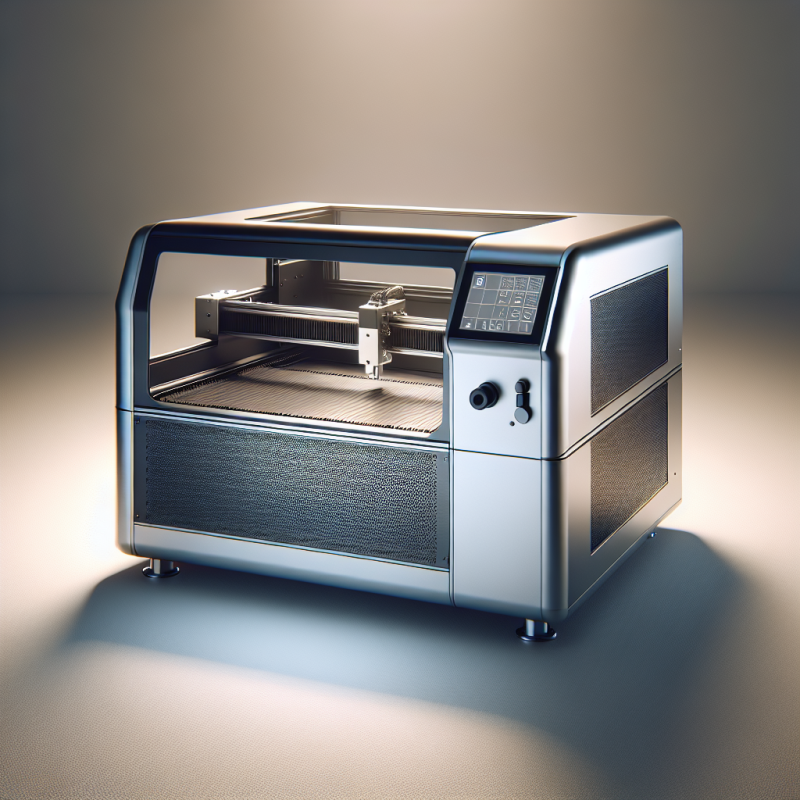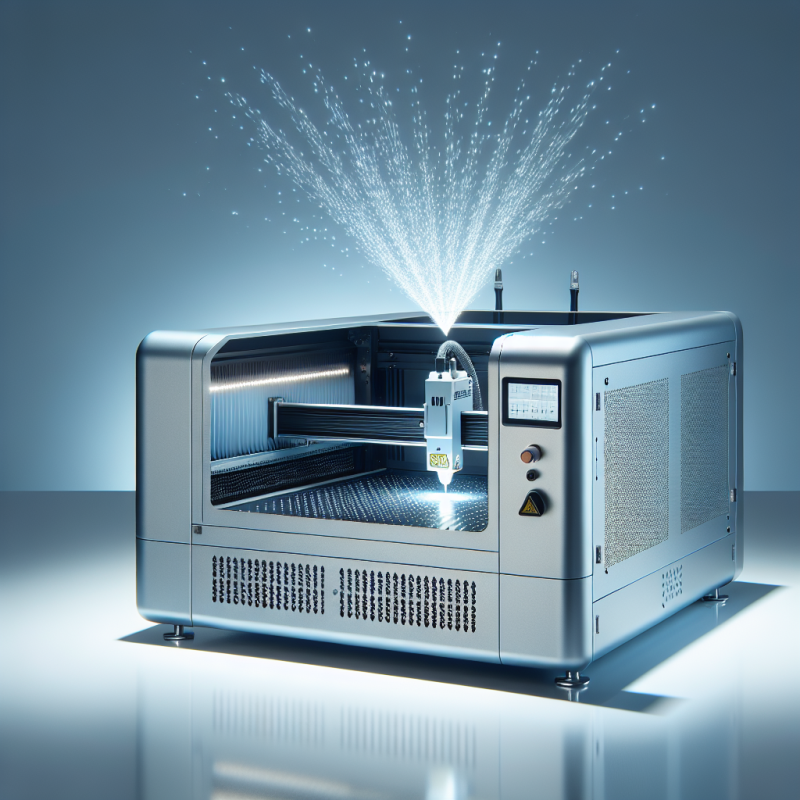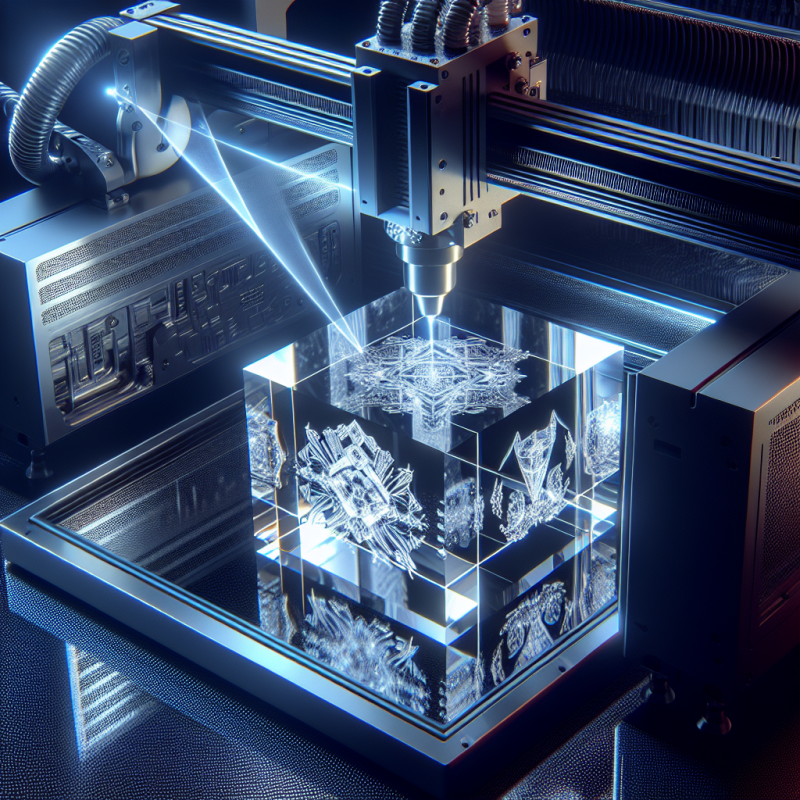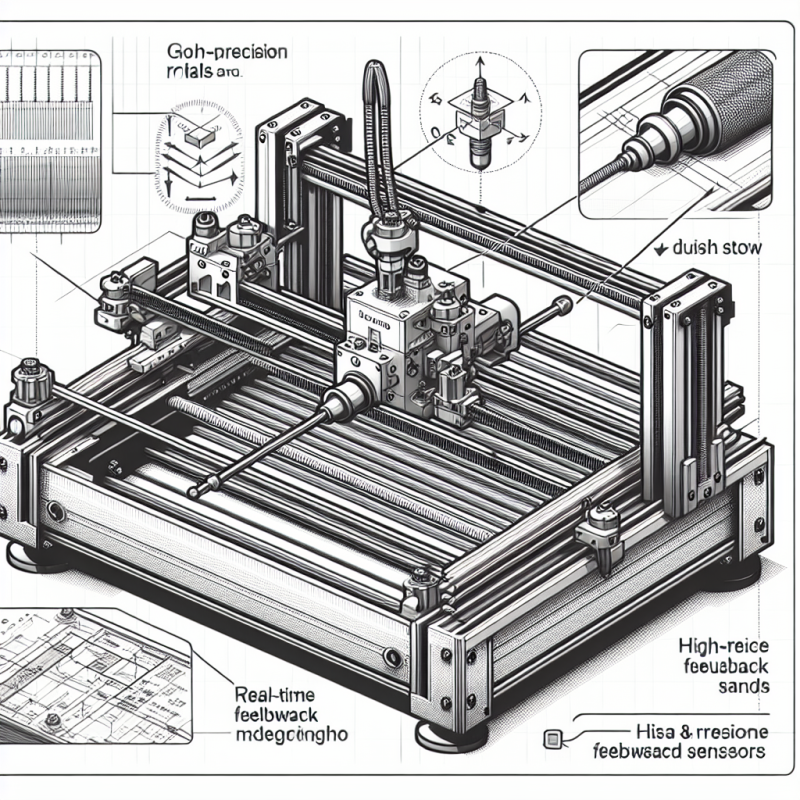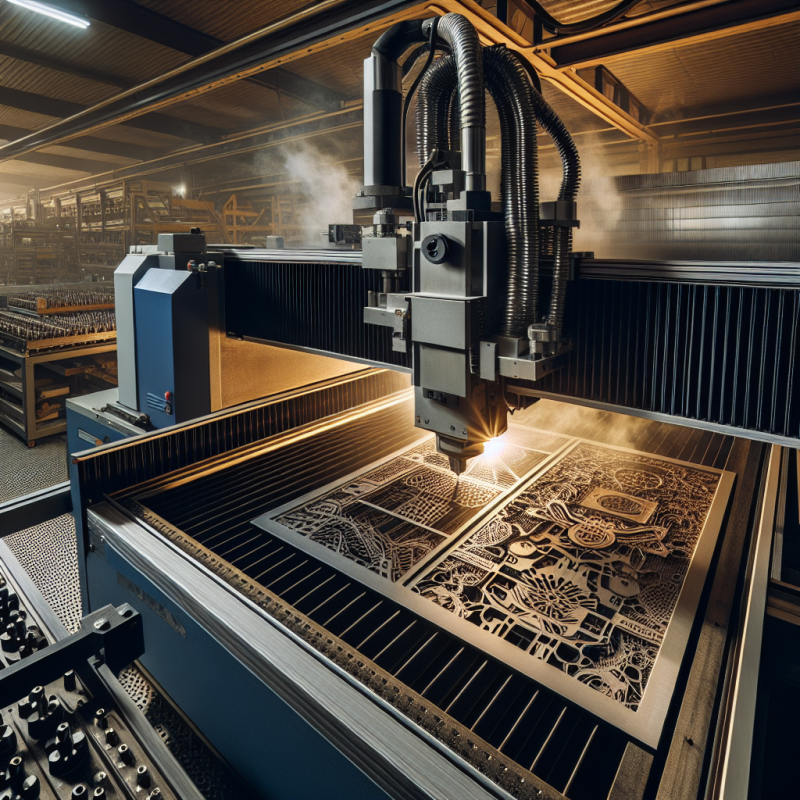Exploring Laser Engraversable Blanks: A Comprehensive Guide
Laser engraving has become an essential tool for creators, hobbyists, and professionals alike. With its precision and versatility, it allows users to etch intricate designs onto various materials. However, achieving the best results requires high-quality laser engravable blanks. In this article, we’ll dive into what these blanks are, their applications, benefits, and how to choose the right ones for your projects.
What Are Laser Engravable Blanks?
Laser engravable blanks are materials specifically designed to be used with laser engraving machines. These blanks provide a smooth, consistent surface that allows lasers to etch or engrave designs with precision. They come in various shapes, sizes, and materials, making them suitable for a wide range of applications.
Whether you’re creating custom jewelry, crafting personalized gifts, or producing industrial parts, laser engravable blanks are the foundation of your projects. The quality of these blanks directly impacts the final outcome of your work. So, it’s crucial to choose the right ones for your needs.
Types of Laser Engravable Blanks
Laser engravable blanks come in a variety of materials, each offering unique properties:
- Acrylic: Known for its vibrant colors and smooth finish, acrylic is ideal for decorative items like coasters, name tags, and signage.
- Wood: Perfect for a natural, rustic look, wood blanks are great for cutting boards, picture frames, and custom puzzles.
- Metal: Metal blanks, such as stainless steel or aluminum, offer durability and a polished finish. They’re commonly used for jewelry, badges, and keychains.
- Stone: For a timeless and elegant appearance, stone blanks are ideal for engraved keepsakes, awards, and decorative items.
Each material has its own benefits and challenges. For example, acrylic is easy to engrave but may not be as durable as metal or stone. Understanding your project’s requirements will help you select the right type of blank.
Applications of Laser Engravable Blanks
The versatility of laser engravable blanks makes them suitable for numerous applications across industries:
- Crafts and DIY Projects: Create custom jewelry, keychains, and home decor items.
- Signage: Engrave signs, plaques, and directional markers with precision.
- Furniture: Add personalized touches to tables, chairs, and other furniture pieces.
- Industrial Parts: Produce custom components for machinery and equipment.
Regardless of the application, the right blank ensures your designs are crisp, detailed, and long-lasting. Whether you’re a hobbyist or a professional, laser engravable blanks open up endless possibilities for creativity.
Benefits of Using Laser Engravable Blanks
Here are some key advantages of using laser engravable blanks:
- Precision: Lasers allow for intricate and accurate designs, even on small surfaces.
- Versatility: Available in various materials, these blanks cater to different aesthetic and functional needs.
- Durability: Many materials, such as metal and stone, offer long-lasting results that withstand wear and tear.
- Customization: Tailor your designs to suit personal preferences or client requirements.
These benefits make laser engravable blanks a go-to choice for both small-scale projects and large-scale production. Whether you’re creating one-of-a-kind items or, the results are consistently high-quality.
How to Choose the Right Laser Engravable Blanks
Selecting the right blanks depends on several factors:
- Material: Consider the desired look and durability. For example, metal is ideal for outdoor signage, while wood is perfect for a rustic aesthetic.
- Size and Shape: Choose blanks that match the dimensions of your design or project requirements.
- Engraving Depth: Some materials allow deeper engravings than others. Ensure the blank can accommodate your desired depth for visibility and durability.
Investing in high-quality blanks is essential for achieving professional-grade results. Look for suppliers that offer a variety of options to meet your specific needs, such as the .
Frequently Asked Questions About Laser Engravable Blanks
Here are answers to some common questions:
- Can I engrave on any material? Not all materials are suitable for laser engraving. Stick to specially designed blanks for the best results.
- Are laser engravable blanks reusable? Yes, many blanks can be engraved multiple times, making them a sustainable choice for creators.
- How do I maintain engraved blanks? Clean and store them properly to preserve their finish. Avoid harsh chemicals that may damage the surface.
If you’re unsure about which blanks to choose, consult with your supplier or refer to online guides for recommendations tailored to your project.
Tips for Getting Started with Laser Engraving
If you’re new to laser engraving, here are some tips:
- Start Small: Begin with simple designs and small blanks to get familiar with the process.
- Experiment: Try different materials and techniques to see what works best for your style.
- Use High-Quality Equipment: Invest in a reliable laser engraving machine and high-quality laser engravable blanks for optimal results.
Practice makes perfect! The more you work with these materials, the more confident you’ll become in creating stunning pieces.
Conclusion
Laser engraving is a powerful tool that enables creators to bring their ideas to life. At the heart of every successful project are high-quality laser engravable blanks. By understanding the types, applications, and benefits of these materials, you can elevate your craft and produce exceptional results.
Whether you’re a hobbyist or a professional, investing in the right blanks is essential for achieving precision, durability, and customization. With so many options available, there’s a blank out there for every project. So, go ahead and start creating! Your next masterpiece is just one engraving away.


